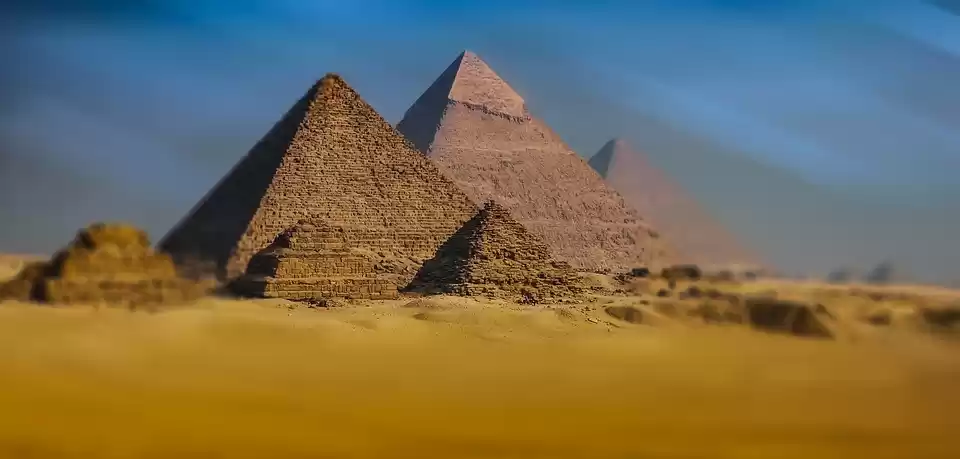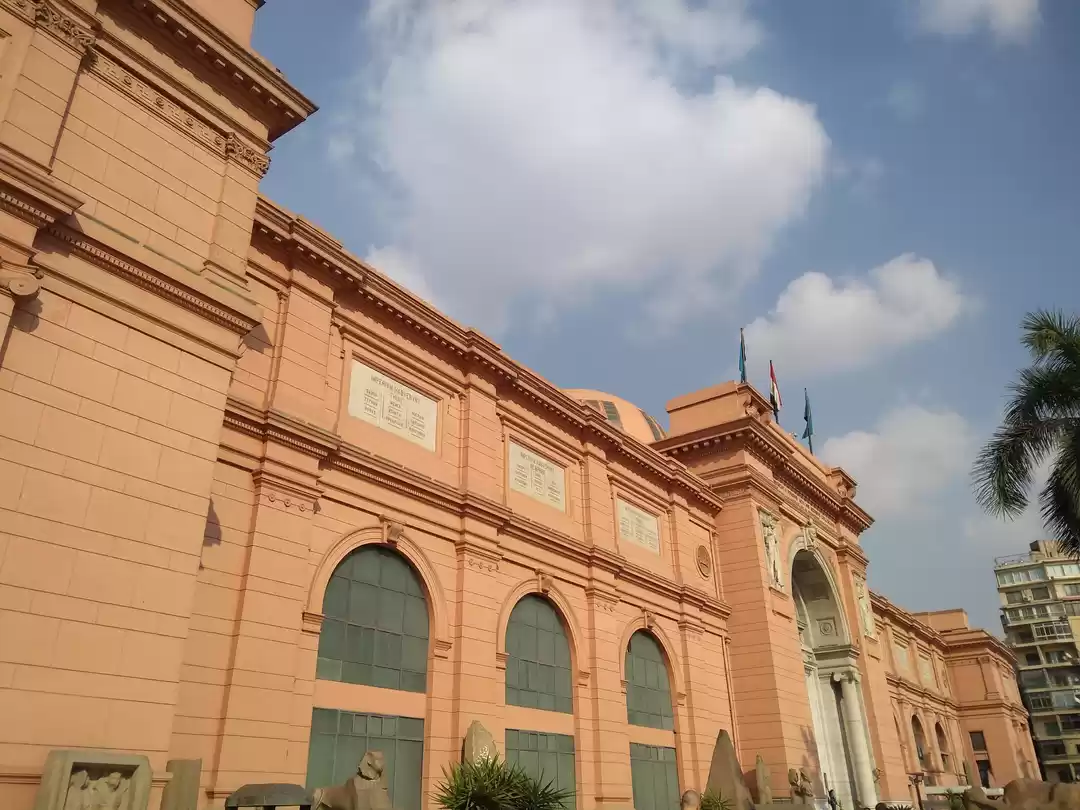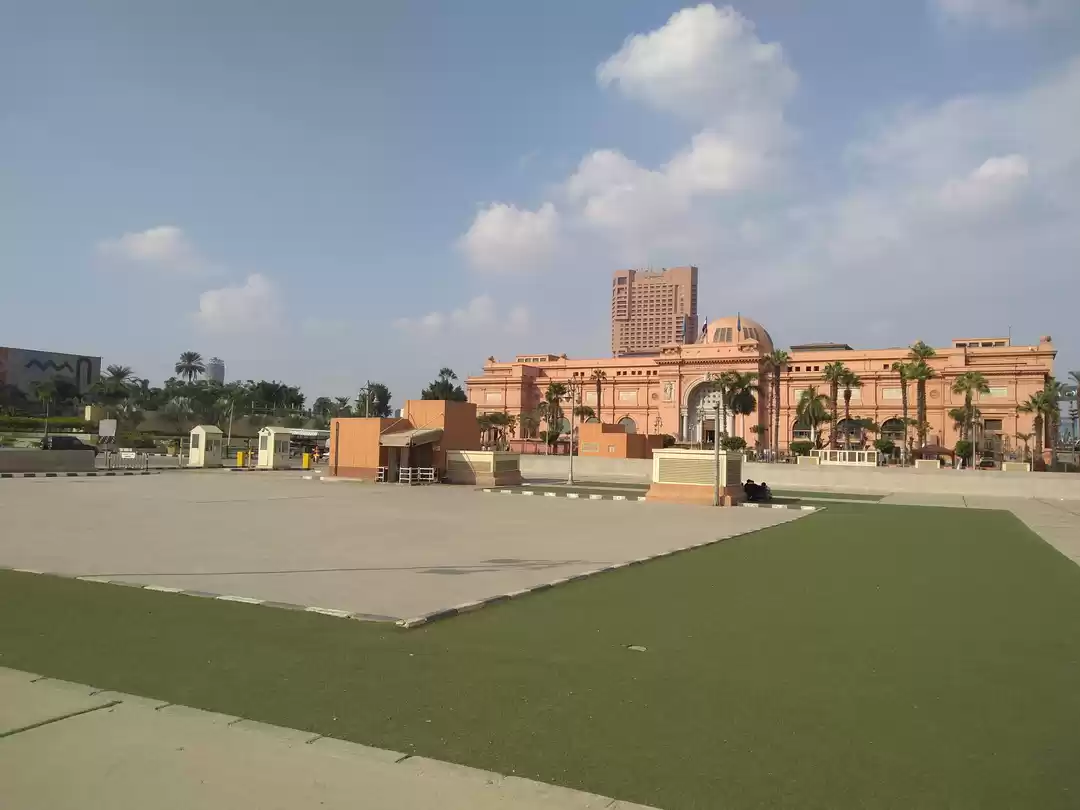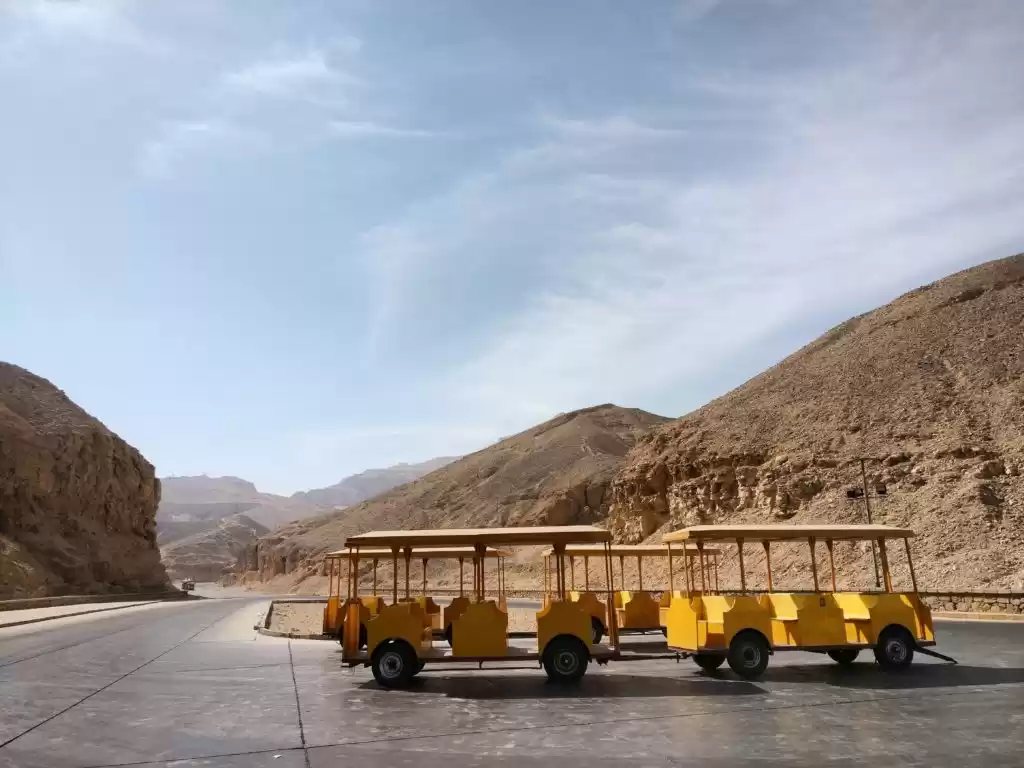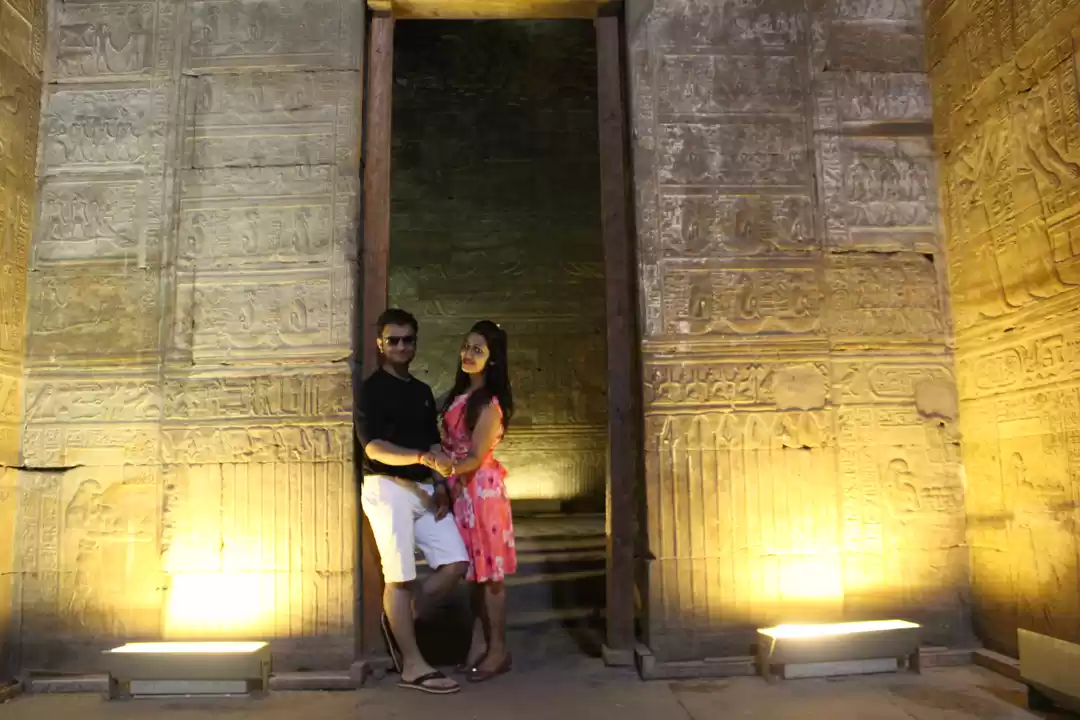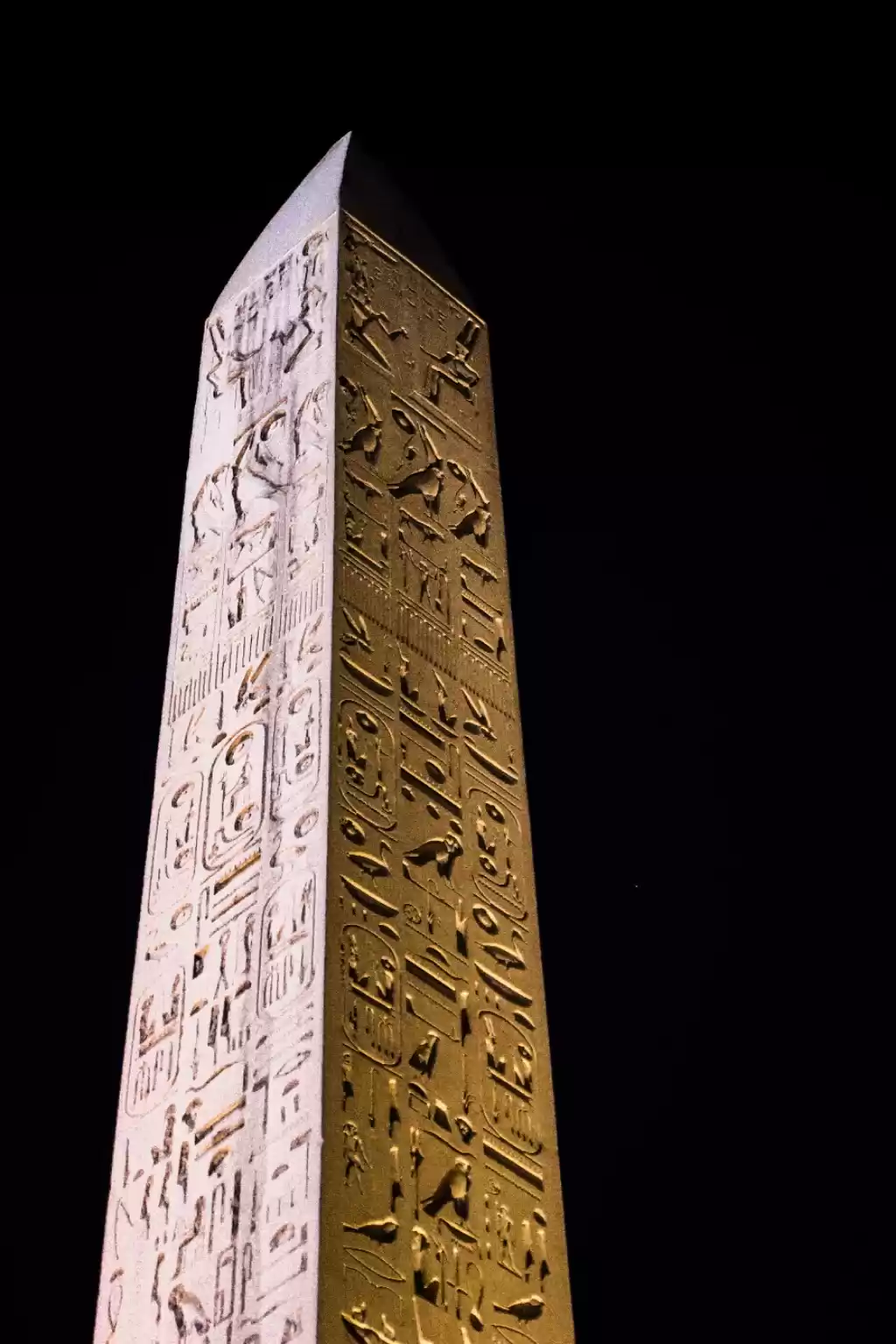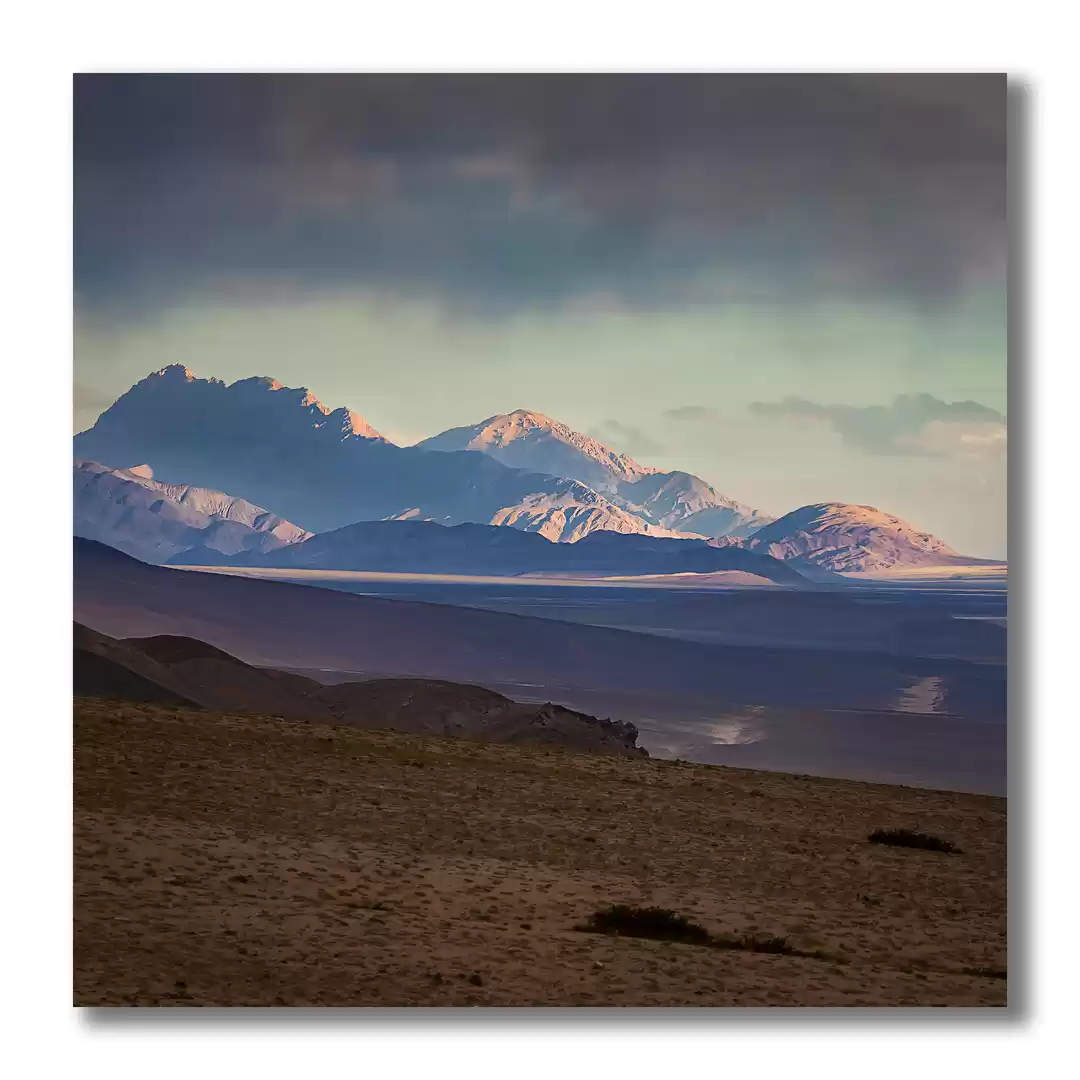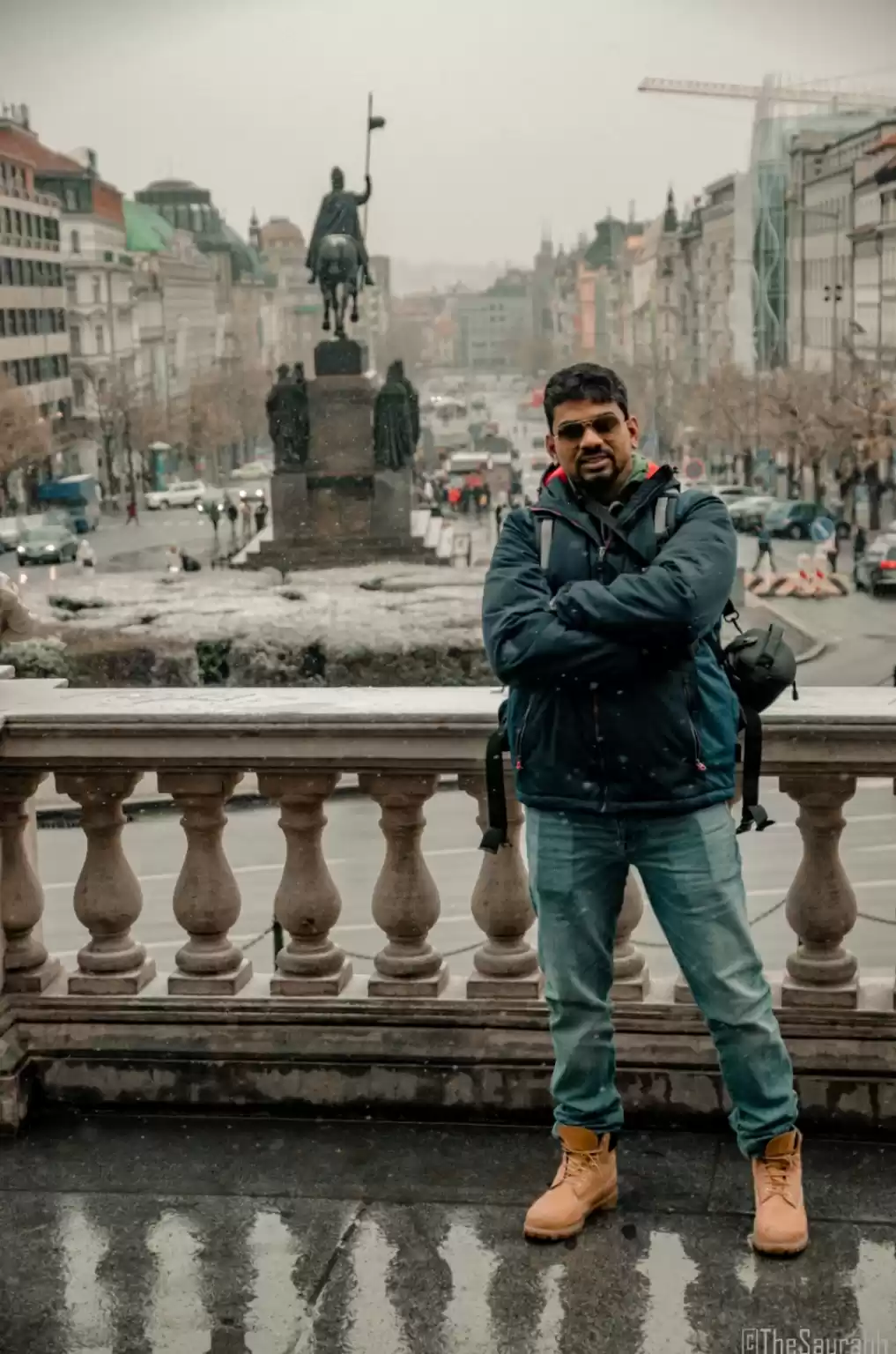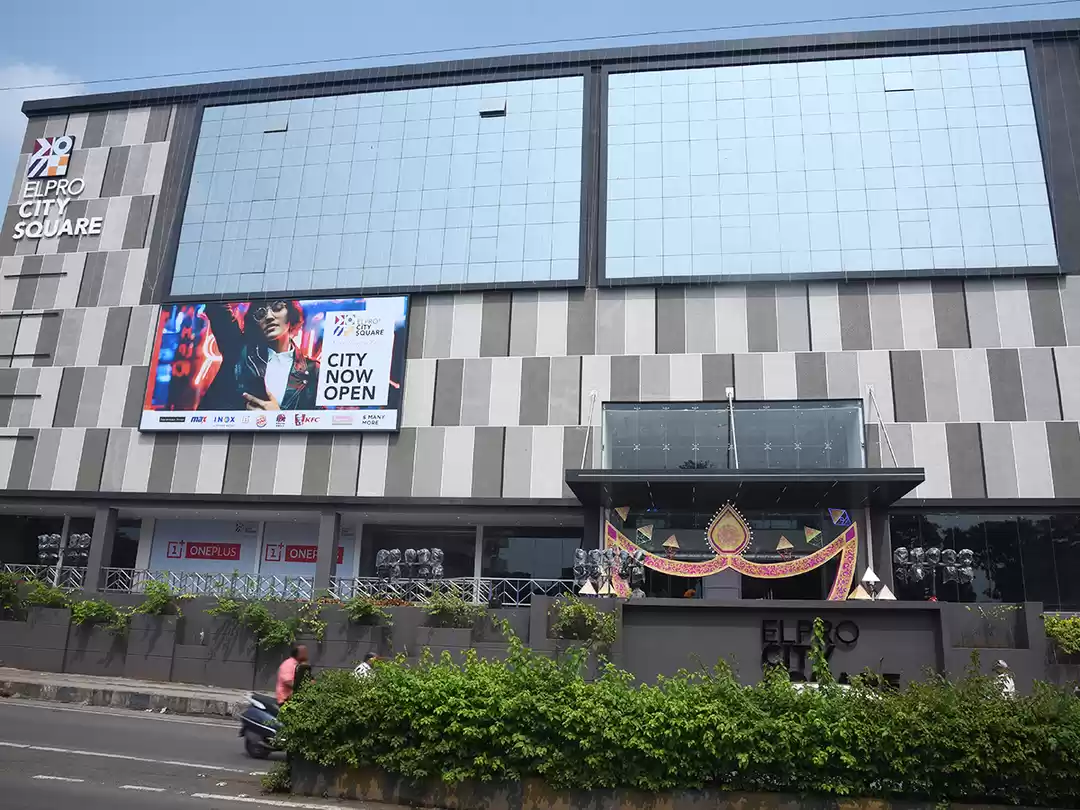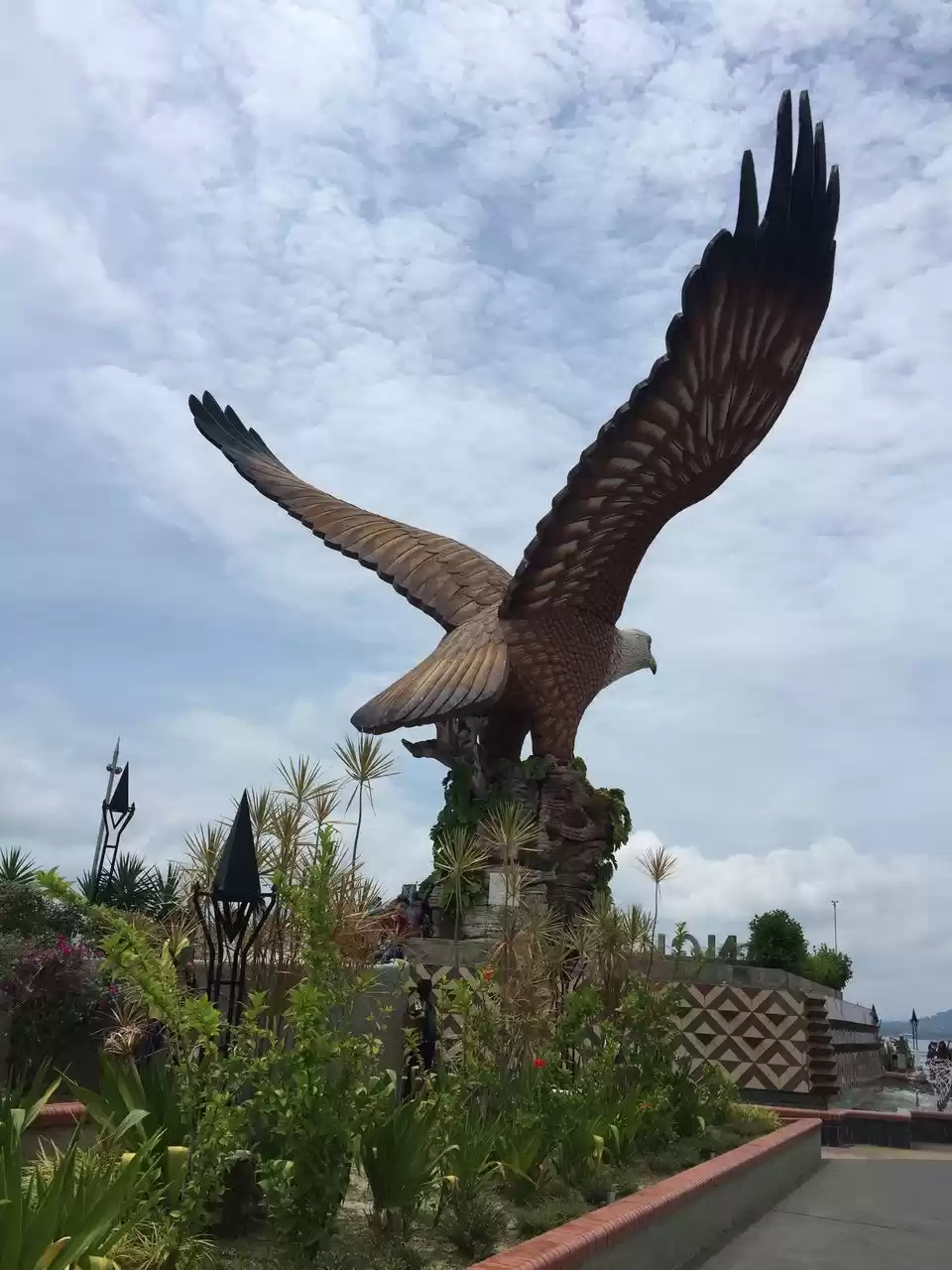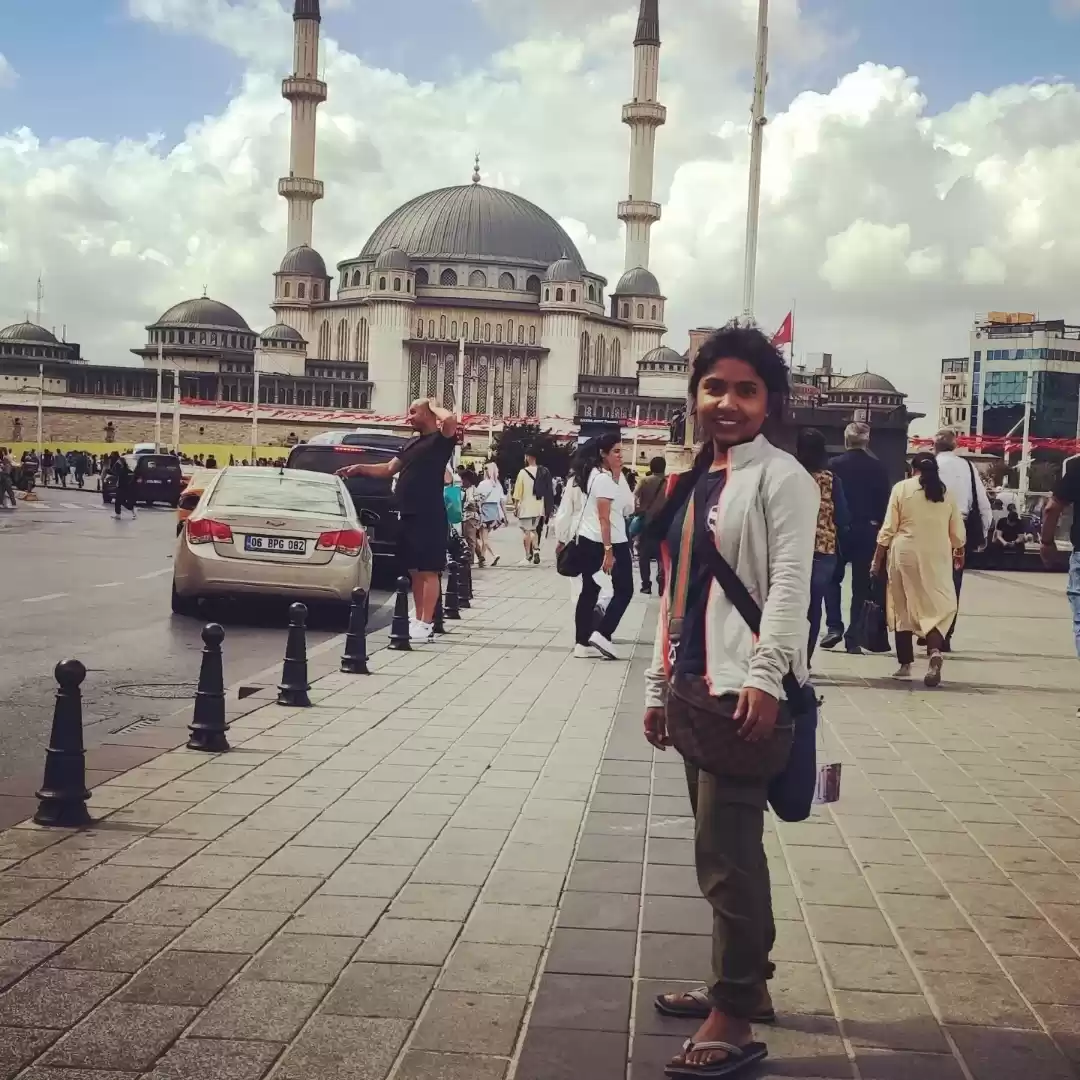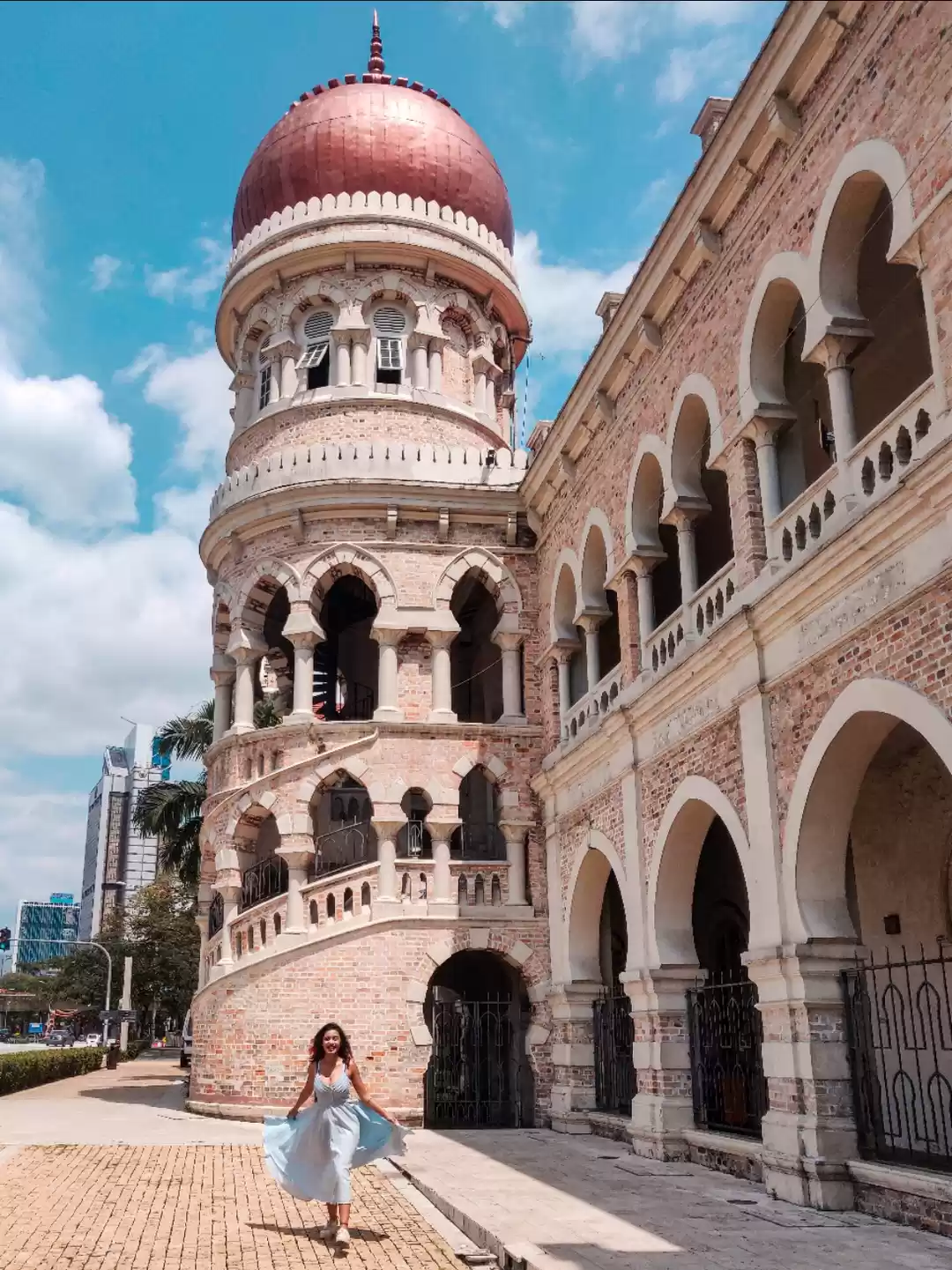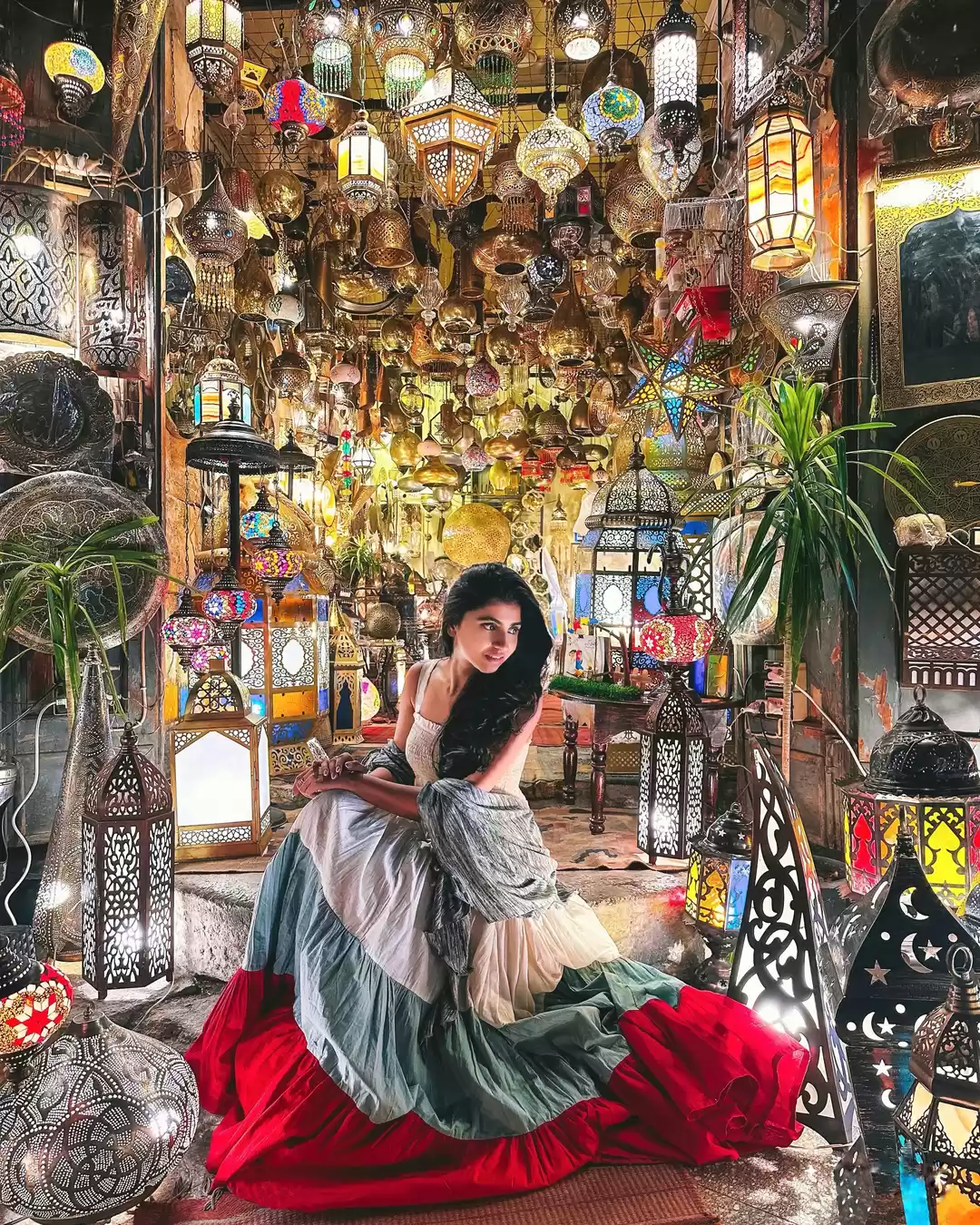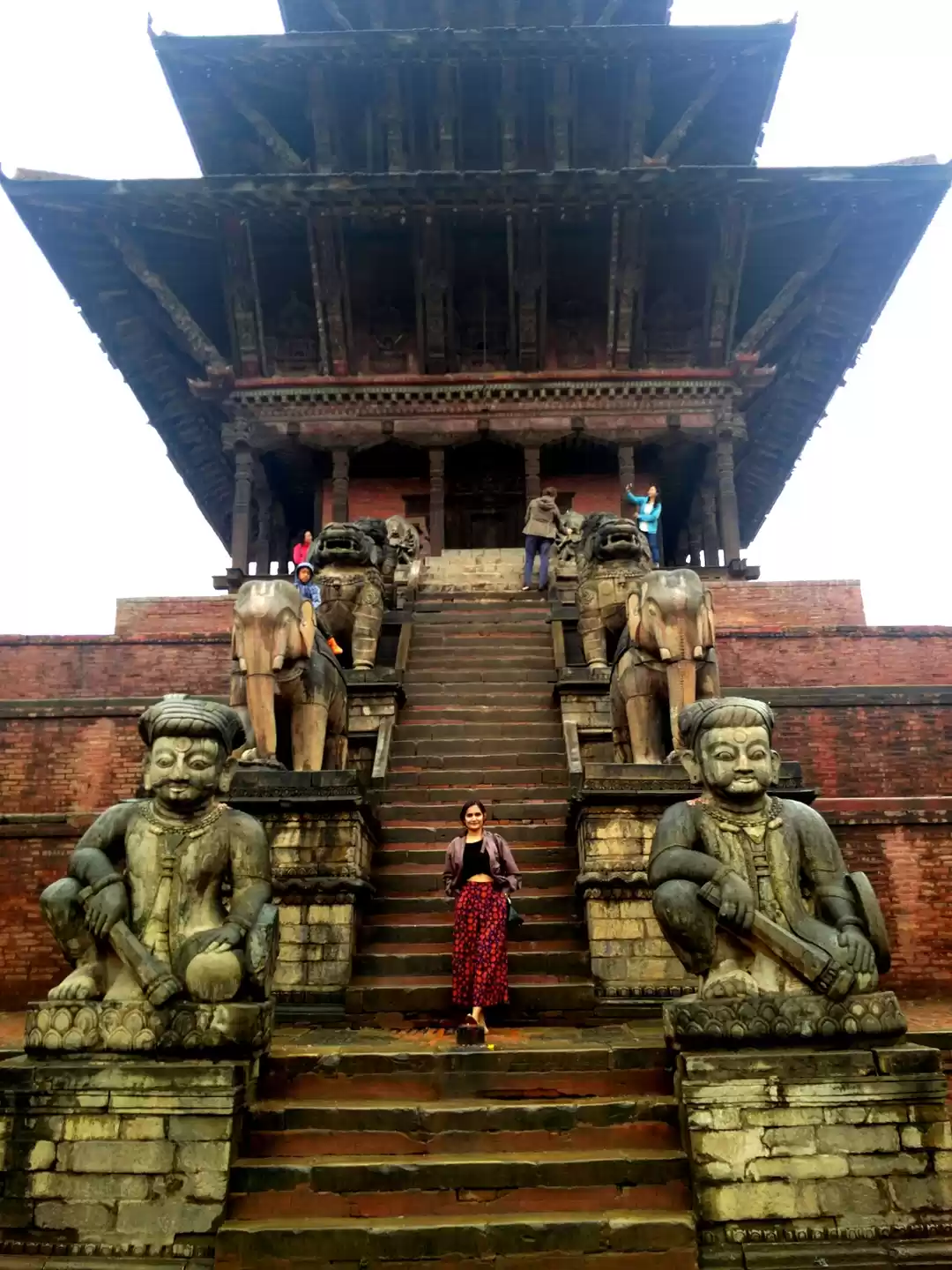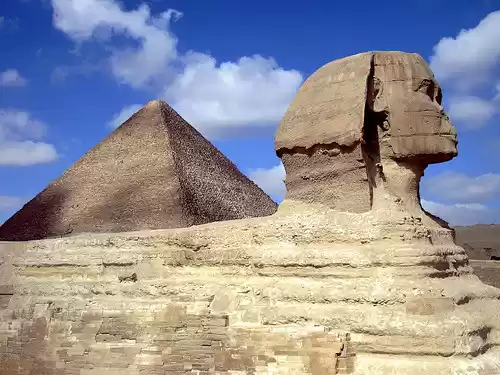Tahrir Square is more than just a public square in the heart of Cairo. It is the place where history was made, where millions of Egyptians gathered to demand freedom and democracy, and where a revolution was born. In this article, you will learn about the history and significance of Tahrir Square, as well as the best ways to visit and explore it. Whether you are interested in politics, culture, or adventure, Tahrir Square has something for everyone.
The History and Events of the Egyptian Revolution of 2011
Tahrir Square, which means "Liberation Square" in Arabic, has been the site of many political and social movements in Egypt's history. However, it became famous worldwide in 2011, when it became the epicenter of the Egyptian Revolution, also known as the 25 January Revolution or the Arab Spring.
The revolution was sparked by a wave of protests and demonstrations across the Arab world, inspired by the successful uprising in Tunisia. The main causes of the revolution were the widespread corruption, oppression, poverty, and unemployment that plagued the Egyptian society under the 30-year rule of President Hosni Mubarak.
On 25 January 2011, thousands of Egyptians took to the streets to demand political and social reforms, chanting slogans such as "Bread, freedom, social justice" and "The people want the fall of the regime". The protests soon escalated into clashes with the security forces, who used tear gas, water cannons, and live ammunition to disperse the crowds.
Despite the violence and repression, the protesters refused to give up. They occupied Tahrir Square day and night, setting up tents, stages, and makeshift hospitals. They organized themselves into committees, providing food, water, medical care, and security. They also used social media, such as Facebook and Twitter, to spread their message and mobilize more people.
The revolution reached its climax on 11 February 2011, when Mubarak announced his resignation, after 18 days of protests. The crowd in Tahrir Square erupted in jubilation, waving flags, singing songs, and hugging each other. They had achieved what many thought was impossible: they had toppled a dictator and opened the door for a new era of democracy.

The Current Situation and Challenges in Egypt
The Egyptian Revolution of 2011 was a historic and inspiring event, but it was not the end of the story. The transition to democracy proved to be difficult and turbulent, as the country faced many challenges and uncertainties.
The first challenge was the military, which took over the power after Mubarak's resignation. The military council, led by Field Marshal Mohamed Hussein Tantawi, promised to hand over the power to a civilian government after free and fair elections. However, many Egyptians feared that the military would not keep its word, and would try to preserve its privileges and influence.
The second challenge was the political, which involved the emergence of new parties and factions, as well as the resurgence of old ones. The most prominent and controversial of these was the Muslim Brotherhood, an Islamist organization that had been banned and persecuted under Mubarak. The Muslim Brotherhood won the majority of seats in the parliamentary elections in 2011, and its candidate, Mohamed Morsi, won the presidential election in 2012.
The third challenge was the economic, which involved the deterioration of the living conditions and the lack of opportunities for the majority of the population. The revolution had disrupted the tourism, trade, and investment sectors, which were vital for the country's economy. The unemployment rate rose to over 13%, and the inflation rate reached over 10%. The government also faced a fiscal crisis, as it struggled to pay its debts and subsidies.
The fourth challenge was the social, which involved the polarization and fragmentation of the society along ideological, religious, and ethnic lines. The revolution had unleashed a diversity of opinions and aspirations, but also a diversity of conflicts and grievances. The main divide was between the secularists and the Islamists, who had different visions for the future of Egypt. The minorities, such as the Copts, the Nubians, and the Bedouins, also faced discrimination and marginalization.
The fifth challenge was the human rights, which involved the continuation of the abuses and violations that the revolution had sought to end. The security forces, the military, and the judiciary remained loyal to the old regime, and continued to use torture, arbitrary arrests, and unfair trials against the activists, journalists, and critics. The freedom of expression, assembly, and association was also restricted and threatened.
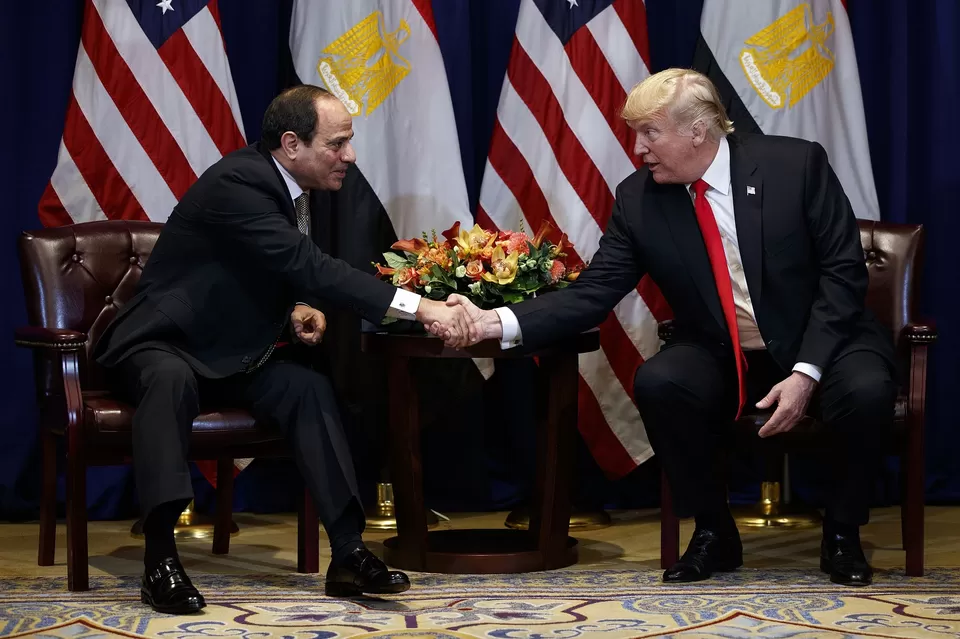
The situation reached a breaking point in 2013, when millions of Egyptians took to the streets again, this time to demand the ouster of Morsi, who was accused of being authoritarian, incompetent, and sectarian. The military intervened and removed Morsi from power, in what was widely seen as a coup. The Muslim Brotherhood and its supporters resisted the coup, and staged sit-ins and protests, which were violently dispersed by the security forces, resulting in hundreds of deaths and injuries.
Since then, Egypt has been under the rule of Abdel Fattah el-Sisi, a former army chief who won the presidential election in 2014 and 2018, with over 90% of the votes. Sisi has been praised by some for restoring stability and security, and for launching ambitious economic and infrastructure projects. However, he has also been criticized by others for cracking down on dissent and civil society, and for violating human rights and democratic principles.
The Top Attractions and Activities in and around Tahrir Square
Tahrir Square is not only a place of political and historical significance, but also a place of cultural and recreational interest. There are many attractions and activities in and around Tahrir Square that you can enjoy, whether you are looking for education, entertainment, or adventure.

The Egyptian Museum
The Egyptian Museum, also known as the Museum of Egyptian Antiquities, is one of the most famous and visited museums in the world. It houses over 120,000 artifacts from ancient Egypt, spanning from the prehistoric to the Roman periods. The museum is located on the north side of Tahrir Square, and is easily recognizable by its pink neoclassical facade.
The museum's collections are arranged in two main floors, divided into chronological and thematic sections. The highlights of the museum include the treasures of Tutankhamun, the royal mummies, the Amarna art, the animal mummies, and the papyrus scrolls. You can also see statues, sarcophagi, jewelry, pottery, and weapons from various dynasties and kingdoms of ancient Egypt.
The museum is open daily from 9 am to 5 pm, and the entrance fee is 200 EGP (about 13 USD) for foreigners and 40 EGP (about 2.5 USD) for Egyptians. You can also pay an extra 180 EGP (about 11 USD) to enter the Royal Mummy Room, where you can see the preserved bodies of some of the most famous pharaohs, such as Ramses II, Hatshepsut, and Thutmose III.
The museum is currently undergoing a renovation and relocation project, as part of the Grand Egyptian Museum (GEM), which is expected to be completed by 2021. The GEM will be located near the Giza Pyramids, and will display more than 100,000 artifacts, including the entire collection of Tutankhamun. The GEM will also feature state-of-the-art facilities, such as interactive displays, virtual reality, and 3D cinema.

The Nile River
The Nile River is the longest and most iconic river in the world. It is the source of life and civilization for Egypt, as well as a source of beauty and inspiration for many artists and writers. The Nile River flows through the center of Cairo, offering stunning views of the city and its landmarks.
One of the best ways to experience the Nile River is to take a cruise, either on a traditional felucca (a wooden sailboat) or on a modern motorboat. You can choose from different options, such as a daytime cruise, a sunset cruise, or a dinner cruise, depending on your preference and budget. You can also enjoy live music, belly dancing, or whirling dervishes on some of the cruises.
You can book a cruise online or through your hotel, or you can simply go to the Corniche, the main road along the Nile, and find a boat that suits your taste. The prices vary depending on the duration, the type of boat, and the services included, but they usually range from 50 EGP (about 3 USD) to 300 EGP (about 19 USD) per person.
A cruise on the Nile River is a relaxing and romantic way to see the city from a different perspective, and to appreciate the beauty and majesty of the river that shaped Egypt's history.
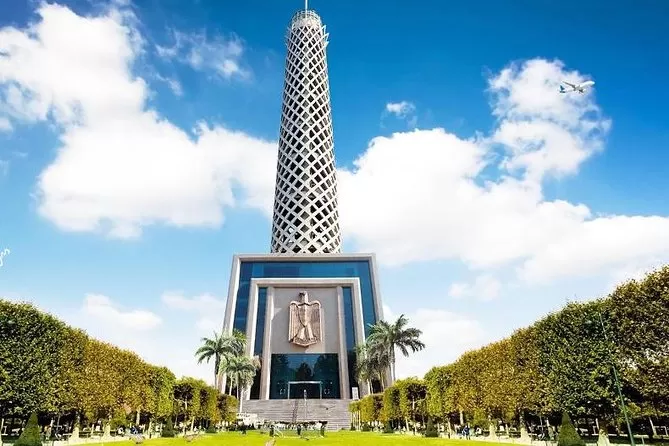
The Cairo Tower
The Cairo Tower is the tallest structure in Egypt and one of the most recognizable landmarks in Cairo. It stands at 187 meters high, and is located on Gezira Island, a short distance from Tahrir Square. The tower was built in 1961, as a symbol of Egypt's independence and modernity.
The tower's design is inspired by the lotus flower, a sacred symbol in ancient Egyptian culture. The tower's exterior is covered with latticework, which creates a stunning effect at night, when the tower is illuminated with different colors. The tower's interior features a spiral staircase, an elevator, and a revolving restaurant.
The main attraction of the tower is the observation deck, which offers a panoramic view of the city and the Nile. You can see the pyramids, the citadel, the mosque, and the museum from the deck, as well as the hustle and bustle of the streets below. You can also enjoy a snack or a drink at the cafe, or a meal at the restaurant, which rotates 360 degrees every hour.
The tower is open daily from 9 am to 1 am, and the entrance fee is 150 EGP (about 10 USD) for foreigners and 20 EGP (about 1.3 USD) for Egyptians. You can also pay an extra 50 EGP (about 3 USD) to use a telescope or a binoculars to enhance your view.
The Cairo Tower is a must-see attraction for anyone who wants to experience the city from a different angle, and to admire the beauty and diversity of Cairo.
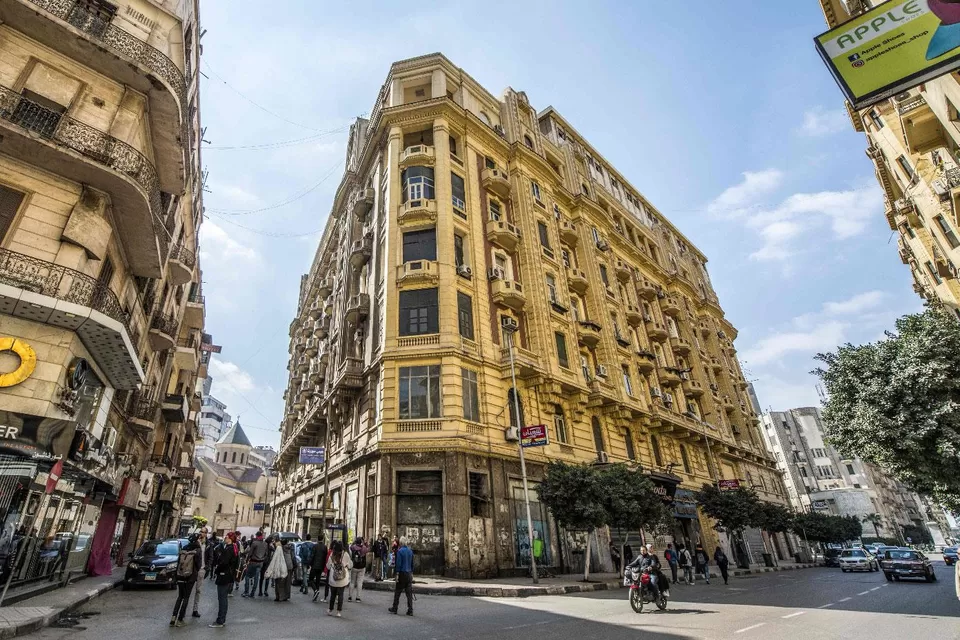
Downtown Cairo
Downtown Cairo, also known as Khedivial Cairo, is the historical and cultural center of the city. It is the area that surrounds Tahrir Square, and it is where you can find some of the most impressive and elegant buildings and monuments in Cairo.
Downtown Cairo was built in the late 19th and early 20th centuries, during the reign of Khedive Ismail, who wanted to transform Cairo into a modern and cosmopolitan city, modeled after Paris. He hired European architects and engineers to design and construct wide boulevards, spacious squares, and ornate edifices, in various styles, such as neoclassical, art deco, and baroque.
Downtown Cairo is a treasure trove of architecture and history, as well as a vibrant and lively place, where you can find cafes, restaurants, bars, cinemas, theaters, galleries, and shops. You can also find some of the most important and influential institutions and organizations in Egypt, such as the parliament, the opera, the university, and the press.
You can explore Downtown Cairo by walking, taking a taxi, or using the metro, which has several stations in the area. You can also join a guided tour, which will take you to the most notable and interesting sites, such as the Opera House, the Abdeen Palace, the Qasr el-Nil Bridge, and the Groppi Cafe.
Downtown Cairo is a place where you can experience the past and the present, the old and the new, the east and the west, of Cairo. It is a place where you can immerse yourself in the culture and the spirit of the city.
Tahrir Square is a place that reflects the history and the identity of Egypt. It is a place where you can witness the struggles and the achievements of the Egyptian people, as well as their hopes and dreams for the future. It is also a place where you can enjoy the culture and the beauty of Cairo, as well as the diversity and the richness of Egypt.
If you are planning to visit Cairo, you should not miss the opportunity to experience Tahrir Square. You will not only learn about the past and the present of Egypt, but also about yourself and the world. You will also have a lot of fun and adventure, as you explore the attractions and activities in and around Tahrir Square.
To book a tour or a cruise to Tahrir Square, you can visit our website or contact us by phone or email. We offer a variety of options and packages, suitable for different budgets and preferences. We also guarantee the best prices, the best services, and the best experiences.
Don't wait any longer, and book your trip to Tahrir Square today. You will not regret it. And don't forget to share this article with your friends and family, and let them know about this amazing place. Tahrir Square awaits you.






